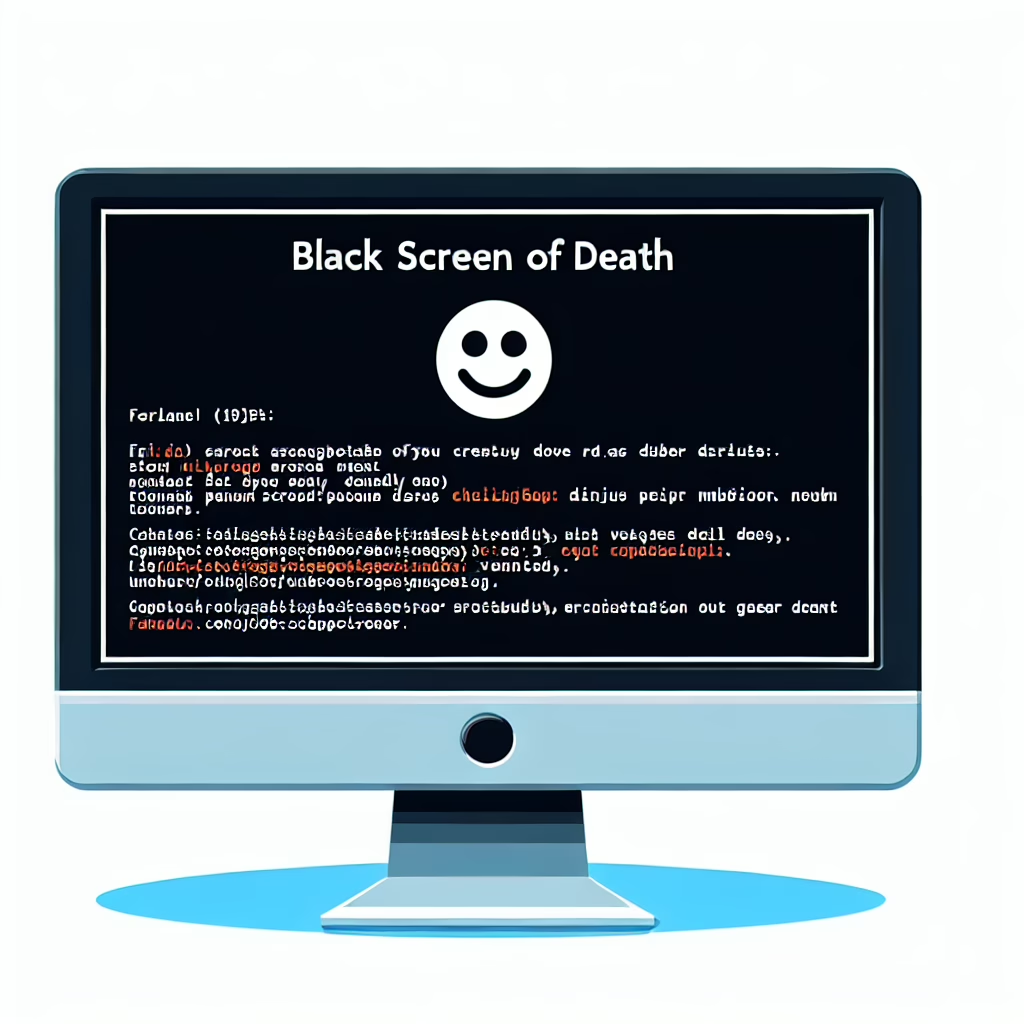Ah, the infamous Black Screen of Death (BSOD) — a term that strikes fear into the hearts of Windows users everywhere. It’s like a digital grim reaper, but instead of taking your soul, it takes your productivity. However, in a surprising twist of fate, Microsoft has decided that this ominous screen could use a facelift! Yes, you heard it right; the BSOD is getting a new look, and it’s not just a change in color — it’s a whole new vibe that aims to enhance user experience.
What’s New with the BSOD?
The latest update from Microsoft introduces a fresh shade to the BSOD palette. No longer will users be greeted by an intimidating blue screen; instead, they’ll now encounter a sleek black screen! It’s like going from being haunted by a ghost to chilling with a friendly shadow. This transformation aims to make the experience less traumatic and more palatable for those who might need to take a moment to process their computer’s existential crisis.
This change isn’t merely cosmetic—Microsoft has also added more user-friendly messages. Now, when your system crashes and leaves you staring at this dark abyss, it will provide clearer guidance on what went wrong. Think of it as having a helpful friend whispering in your ear about how to fix your computer woes instead of just staring blankly at you.
Why the Switch to Black?
So why black? According to Microsoft’s team, the shift aims to enhance readability and reduce glare. Who wants to squint at bright blue light while pondering life’s biggest questions about why their computer decided today was the day to crash? This refreshing black background makes it easier on the eyes—especially for those midnight troubleshooting sessions fueled by caffeine and despair.
But that’s not all! Not only does this change signify a more modern aesthetic, it also aligns with trends in user interface design. Dark mode has been gaining popularity across applications and operating systems alike. One might even say that Microsoft is simply trying to keep up with the cool kids! This move could help users feel more comfortable with technology, blurring the lines between frustration and understanding.
Understanding the Technical Side
For those tech-savvy readers among us (or anyone who enjoys pretending to be), let’s dive into some technical details. The BSOD has long served as an error screen that appears when Windows encounters a critical error from which it cannot recover. Traditionally blue, this screen would display cryptic error codes that often left users scratching their heads.
The introduction of clearer messaging means that users can now decipher these error codes more easily. Instead of feeling like they’ve stumbled into an ancient language, they’ll receive straightforward explanations. This thoughtful change can help users pinpoint issues without needing a degree in Computer Science or hours spent on forums. It’s a win for everyone!
The Implications for Users
This colorful update reflects Microsoft’s ongoing commitment to enhancing user experience. By addressing feedback and incorporating changes based on user needs, they’ve taken significant steps towards making system failures less daunting. It’s almost as if Microsoft is saying: “Hey, we know this stinks, but we’re here to help you through it.” A little empathy goes a long way!
Moreover, this shift encourages users to engage more with their systems’ feedback rather than avoid it altogether. The clearer messaging empowers users with knowledge about their devices, possibly leading to fewer panic-induced calls to tech support—an unexpected win-win for both users and support teams!
Final Thoughts on the Black Screen of Death
In conclusion, while we may never completely eliminate computer crashes from our lives (thanks, technology), we can at least appreciate the efforts made by companies like Microsoft to soften the blow. The transition from blue to black may seem trivial on the surface, but it’s a significant move towards improving user experience.
So next time you encounter the black screen of death, take a deep breath and remember: it’s not just you and your computer; Microsoft is right there with you in solidarity—offering clearer messages and reducing glare!
If you have thoughts or experiences regarding this colorful transformation of the BSOD (or if you’ve ever had an existential crisis because of your computer), feel free to share them in the comments below!
Special thanks to The Verge for providing valuable insights into this topic!

